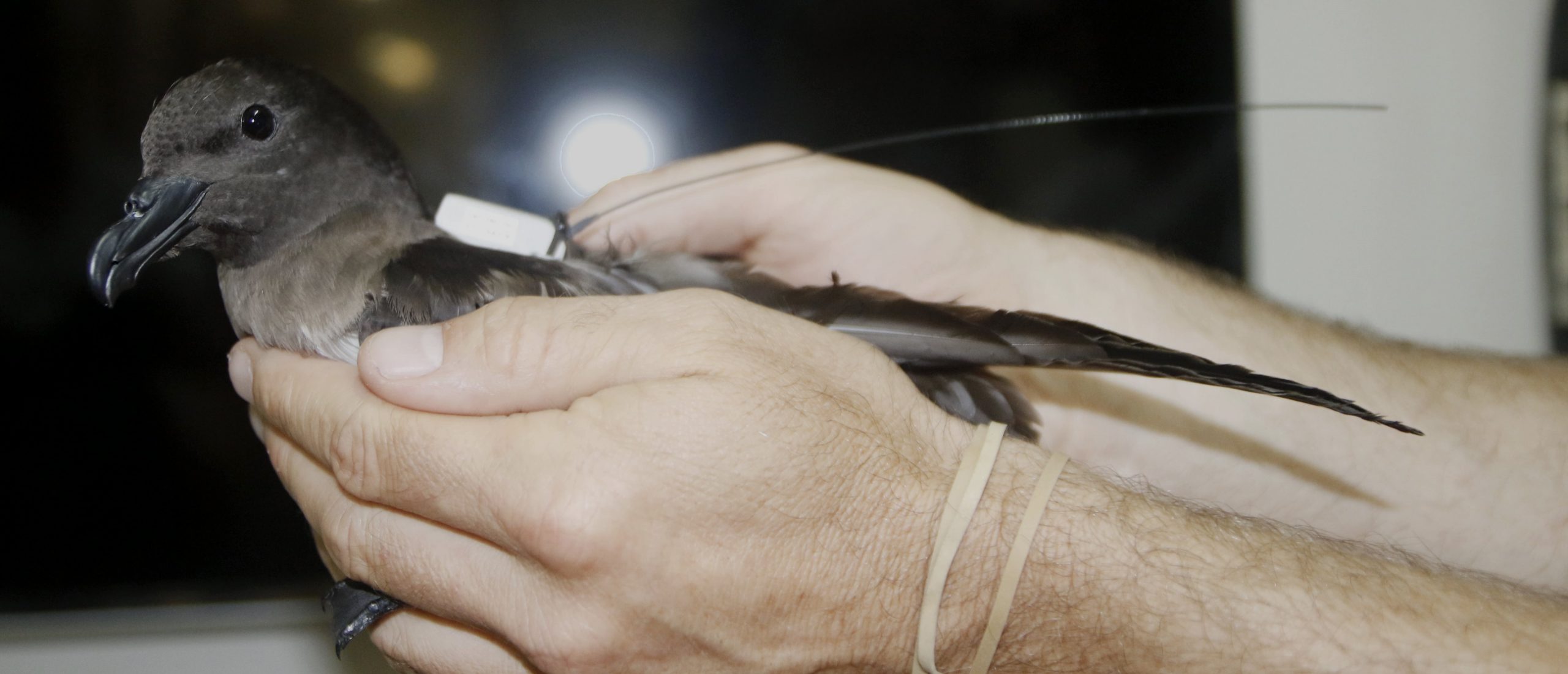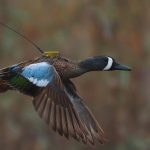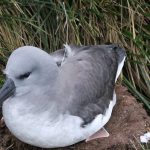← Back
Unveiling the mysteries of a scarcely known seabird, the Beck’s petrel

Some species can be mostly unknown even nowadays. Beck’s petrel, a seabird living around Papua-New Guinea island is among them. Understanding where they breed, live can enable to protect them. Argos satellite telemetry helps by enabling to track them during long periods and ranges.
A scarcely known seabird
Beck’s petrel (Pseudobulweria beckii) is a ‘Critically Endangered’ seabird, while being scarcely known – we don’t even know where they breed. The species live around the Solomon Sea, Bismarck Archipelago, Papua New Guinea, and Solomon Islands in the Western Tropical Pacific. No sighting was recorded between its description in 1928-1929 and… 2007.
Studying Beck’s petrels on the ground and by satellite
To gain knowledge on this species, a study including field work and tagging of Beck’s petrels with Argos satellite telemetry PTTs was led by the Auckland Museum around New Ireland where a number of Beck’s petrels had been seen.
A counting was done, and one bird captured with some difficulties, measured, its feathers collected, DNA analysed. Finally, it was fitted with a 5g solar-powered Argos PTT and tracked for 222 days between 26 April and 4 December 2017.
It switched from New Ireland to Bougainville Island, flying quickly between the two. A few times, mostly at night, it was located inland.
End of August 2017, after 122 days in the area, the bird then flew rapidly to the North – West of the Papua-New Guinea Island, covering 1,400 km in six days. It stayed in that area till the end of the PTT emission on Dec. 4.
More info about animal tracking with Argos
Movements of a tracked Becks Petrel tagged between the 26th April and 26th August 2017, showing core areas (A: 25% kernel, solid line; 50%, hashed line) and all locations during this period (B). Capture location marked by white square. Overland validated locations marked as grey. Map source: ESRI, Digiglobe, GeoEye, Earth Star Geographics, CNES/Airbus DS, USDA, USGS, Aerogrid, IGN, and the GIS user community; reproduced from [Rayner et al., 2020] with permission
Tentative location of breeding grounds
The results show that the bird spent time on or over land at night, a behaviour common in small Procellariformes at their breeding sites. Moreover, the tag stopped emitting for extended periods while on land near the tops of the Hans Meyer Range as if in an underground burrow. The authors of the study thus suggest that the breeding ground for the tracked Beck’s petrel may be in the inland mountains of southern New Ireland in the area of the Hans Meyer Range, at an altitude of more than 2000 m. Further investigations should enable to confirm this hypothesis, and also to better understand the North Papuan habitat use.
Such understanding should help assess the Beck’s petrels’ population and try and help protecting it.
Reference and links
- Matt J. Rayner, Karen A. Baird, Jeremy Bird, Steve Cranwell, Andrē F. Raine, Bernard Maul, July Kuri, Jingjing Zhang, Chris P. Gaskin, 2020: Land and sea-based observations and first satellite tracking results support a New Ireland breeding site for the Critically Endangered Beck’s Petrel Pseudobulweria beckii, Bird Conservation International, Volume 30, Issue 1, March 2020 , pp. 58-74, https://doi.org/10.1017/S0959270919000145
- Capture and ground study: https://www.youtube.com/watch?v=YQ9WaD60eLU
Photo: the captured Beck’s petrel with its Argos PTT on (credits Bill Morris New Zealand)



